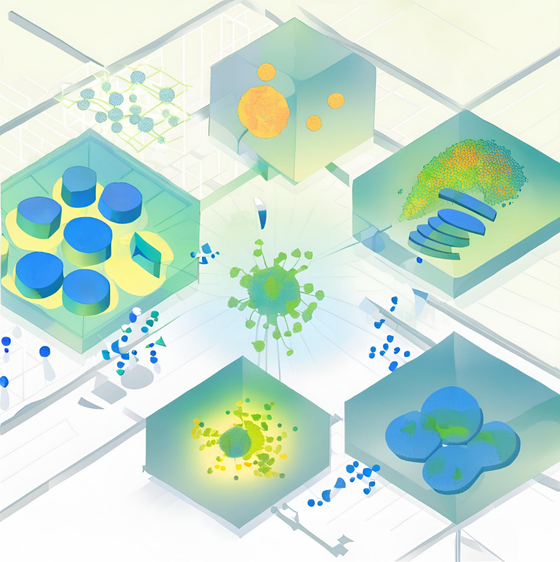Understanding Radiation Resistance
Spatial Proteomics and Spatial Transcriptomics Analysis Following Radiation
Project Snapshot
Did you know?
Radiation therapy resistance is a common problem for patients with rare cancers, lower grade glioma and leiomyosarcoma, often leading to disease recurrence.
Goal
To understand why radiation therapy resistance develops in patients with these rare cancers.
Method
Utilize advanced techniques such as spatial proteomics and spatial transcriptomics to analyze tumor samples and understand genetic changes and cell interactions before and after radiation therapy.
Implications
Understanding radiation resistance mechanisms can lead to personalized treatment options and better outcomes for patients with lower grade glioma and leiomyosarcoma.

Project Deep Dive
Summary:
Lower grade glioma (LGG) and leiomyosarcoma (LMS) are rare cancers with poor survival rates. A typical treatment option includes radiation therapy, but these cancers are very likely to return after radiation therapy. The mechanisms behind radiation resistance in these rare cancers are not well understood, which causes barriers in effectively treating these diseases. Researchers from Count Me In and OPTIMUM will collaborate to understand how cancer cells adapt and create resistance to radiation therapy.
Researchers will utilize a technique called spatial proteomics on specimens from patients to understand how cells interact and how their environments evolve in cases of untreated recurrence and under radiation treatment for recurrent cases. Additionally, they will utilize another technique called spatial transcriptomics on specimens from patients with LGG and LMS to understand how cells are organized and how they respond to radiation therapy.
This project is innovative as it combines state-of-the-art technologies with real-world patient data, allowing researchers to explore the complex relationship between genetics and treatment response. Ultimately, the aim is to find new strategies to overcome radiation therapy resistance and improve outcomes by offering personalized treatment options for patients battling LGG and LMS.
